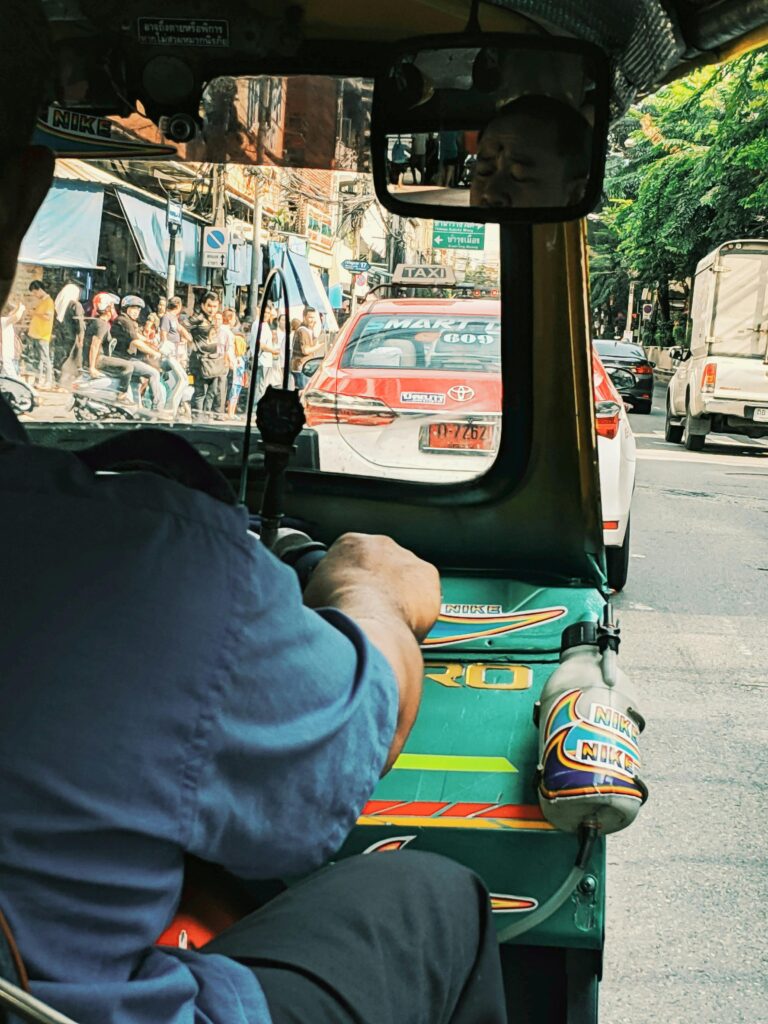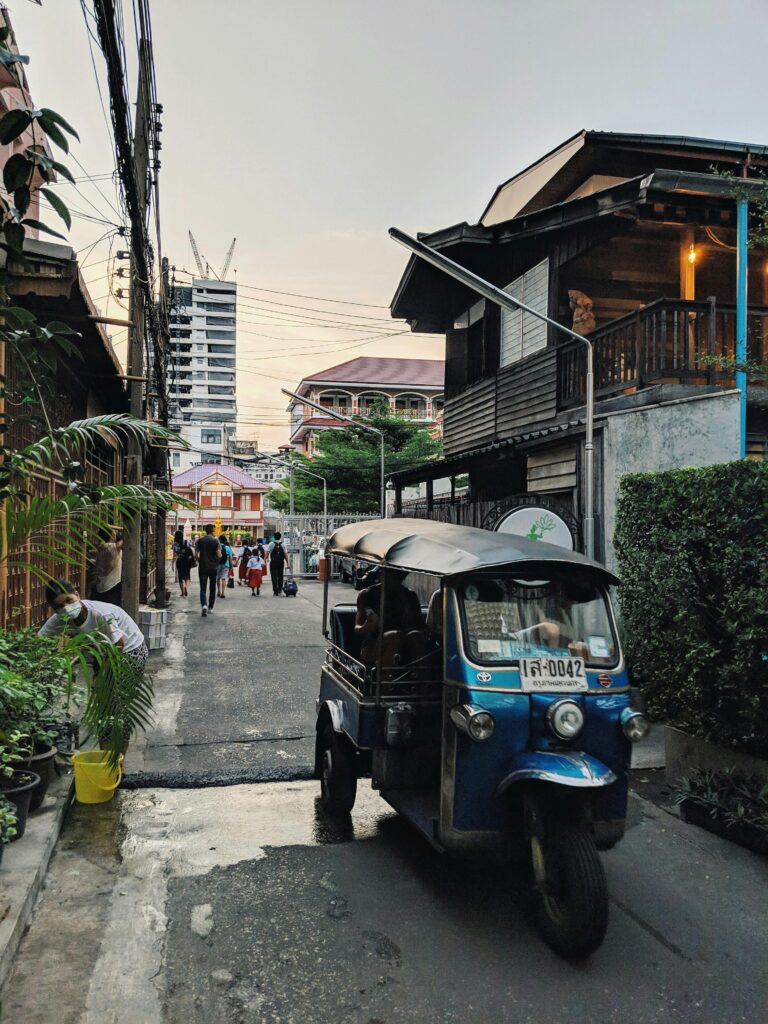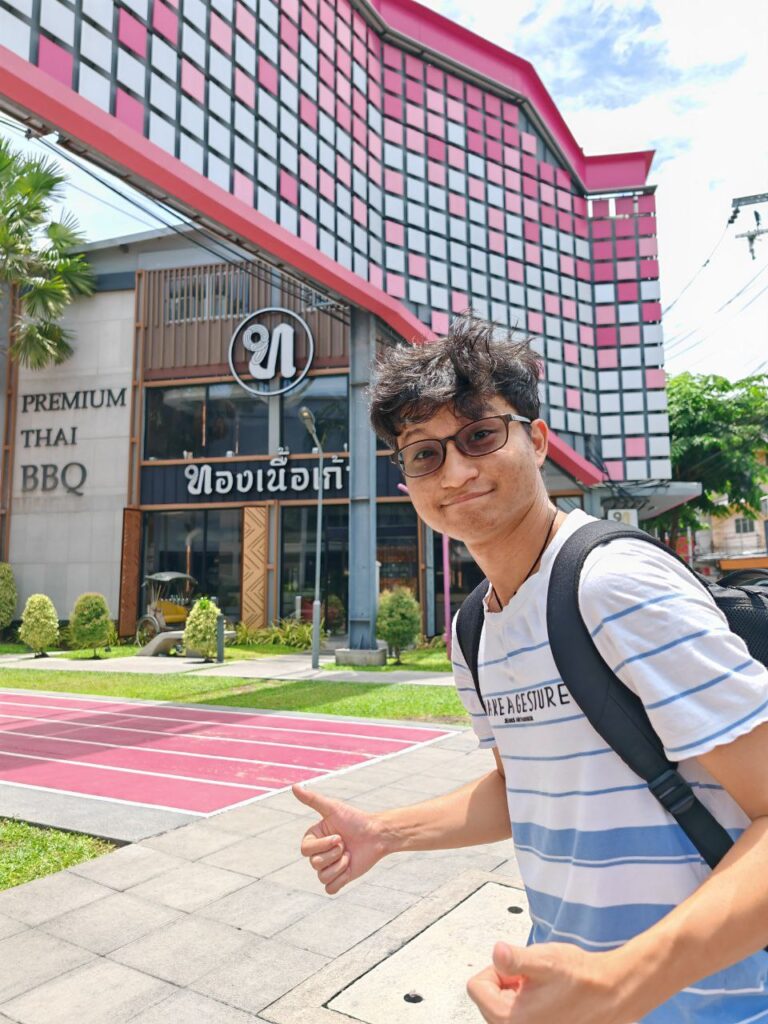ASAP DEV LAB
Navigating Cultural Differences:
My Experience with Thai Communication Styles
Introduction:
One of the most exciting aspects of engaging with a new culture is the opportunity to learn how people communicate and interact with each other. In my time interacting with Thai culture through the #ThailandFanClub activity, I’ve discovered just how much communication styles in Thailand differ from those in my home culture. Thailand, with its unique blend of tradition and modernity, offers an intricate yet harmonious way of connecting, particularly when it comes to non-verbal communication, indirectness, and respect for hierarchy.


A Personal Anecdote: One memorable experience happened during a casual meeting with a group of Thai friends at a local cafe. When I was asked to share my opinion on a new idea, I felt that my response was met with a polite smile, but no one voiced their agreement or disagreement. The silence lingered, and I became uncomfortable, unsure if I had said something wrong or if the group was simply avoiding conflict. Later, I learned that in Thai culture, silence often signifies thoughtfulness or a desire to avoid direct confrontation. This encounter gave me insight into how different communication styles can shape group dynamics and my own assumptions about how conversations should unfold.
Key Aspects of Thai Communication Styles:
Non-Verbal Cues: Non-verbal communication plays an essential role in Thai culture, and I quickly learned how much the body language and facial expressions of Thai people can convey without words. A smile, for example, is often used in various contexts—not just as a sign of happiness but to diffuse tension, mask discomfort, or even express politeness. This smile can be confusing for someone unfamiliar with the culture, as it may not always indicate agreement or positive feelings. Understanding this subtlety helped me recalibrate my expectations in conversations. In my own culture, smiles often serve as indicators of happiness or approval, so I had to learn that a Thai smile could have multiple meanings.
Indirect Communication: One of the more striking aspects of Thai communication is its indirectness. Direct confrontation is avoided as much as possible in favor of maintaining harmony and saving face. Early in my time in Thailand, I found it challenging to understand when a “yes” was not really a confirmation of agreement but a polite gesture to avoid disagreement. I learned that many Thai people tend to use vague expressions and non-committal responses to avoid conflict, particularly in hierarchical settings. For example, if I asked a colleague for feedback on my work, they might say, “It’s okay,” rather than directly telling me what they liked or didn’t like. This was a cultural adaptation I had to make, as my home culture tends to be much more direct, especially in professional settings.
Hierarchy and Respect: Respect for hierarchy is a significant part of Thai communication, especially in formal settings or workplaces. This concept is rooted in the long-standing traditions of Thai society, where age and social status play a crucial role in how people interact. I found that younger individuals and those of lower status typically do not challenge the opinions of their elders or superiors. During a group project, I noticed that some of my younger Thai colleagues were hesitant to voice their opinions in front of a senior team member. They would wait until the senior member spoke, and then they would offer subtle nods or small suggestions, often indirectly phrasing their points. In contrast, my own culture values open discussion, where every opinion is valued equally, regardless of age or rank. Understanding this respect for hierarchy helped me navigate professional and social situations more effectively, recognizing that silence and deference were not signs of weakness but of respect.
Comparing Thai and Home Culture Communication Styles: In my home culture, especially in the workplace, we tend to place a high value on directness and efficiency. People are generally encouraged to speak their minds, ask questions, and voice concerns openly. While this can lead to more transparent communication, it can also create a sense of tension or confrontation, which is avoided in Thailand. I also noticed that, unlike in Thailand, where relationships and group harmony take precedence, my home culture tends to focus more on individual achievements and the need to “get to the point.” The contrast between these approaches made me appreciate the value of maintaining group cohesion and respecting unspoken social dynamics in Thai culture.
Practical Tips for Effective Communication in Thailand:
Embrace the Thai Smile: Recognize that a smile may not always mean agreement but could indicate politeness, acknowledgment, or even an attempt to diffuse tension. When you see someone smiling, try not to take it at face value, but instead, pay attention to other body language cues to gauge the true sentiment.
Be Patient with Indirectness: When engaging in conversations, especially about sensitive topics, be patient with the indirectness. If you’re unsure about someone’s opinion, you might need to ask follow-up questions in a way that does not put them on the spot. Asking open-ended questions can give them the space to share their thoughts without feeling pressured.
Respect Hierarchy: Whether in a business environment or social setting, show respect to people based on their age, experience, or rank. This is important, particularly when addressing superiors or elders. A little deference can go a long way in establishing rapport and trust.


Conclusion: Navigating cross-cultural communication in Thailand has been an enlightening experience. Understanding the subtleties of non-verbal cues, indirect communication, and hierarchy has made my interactions smoother and more respectful. For anyone visiting or working in Thailand, it’s essential to be aware of these cultural nuances and adapt your communication style accordingly. While it may take some time to adjust, the rewards are immense, as it fosters deeper connections and a better understanding of Thai society.
ASAP DEV LAB is proudly powered by WordPress